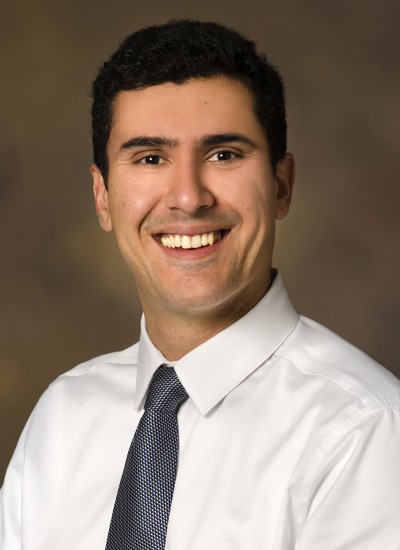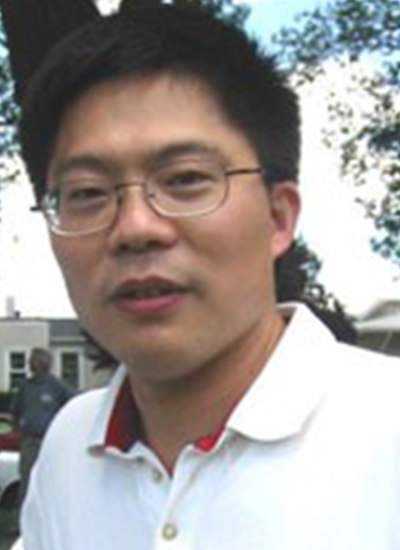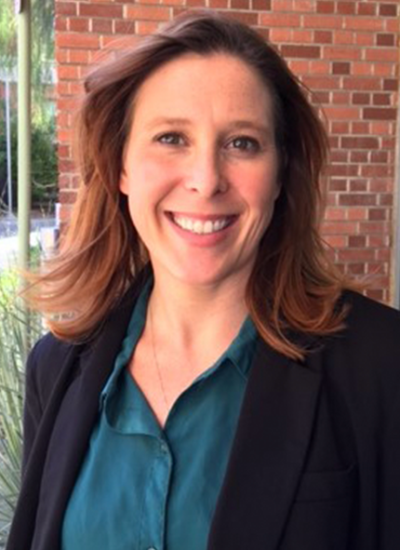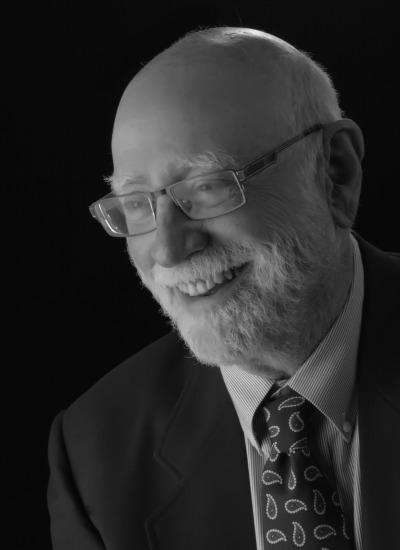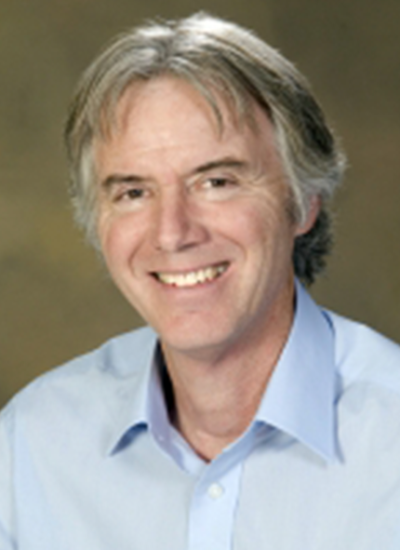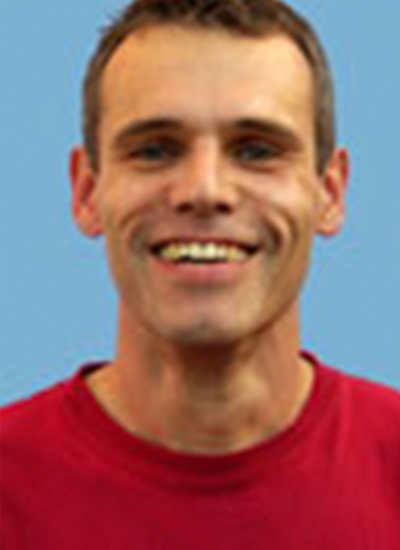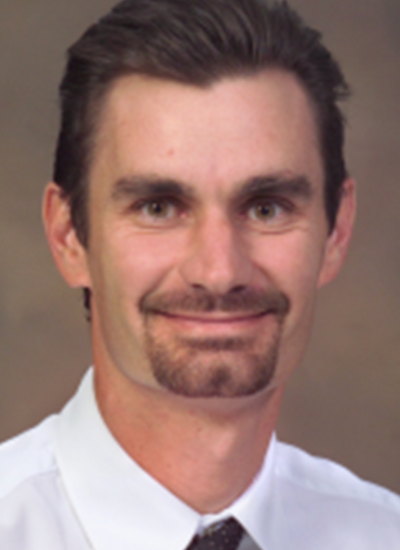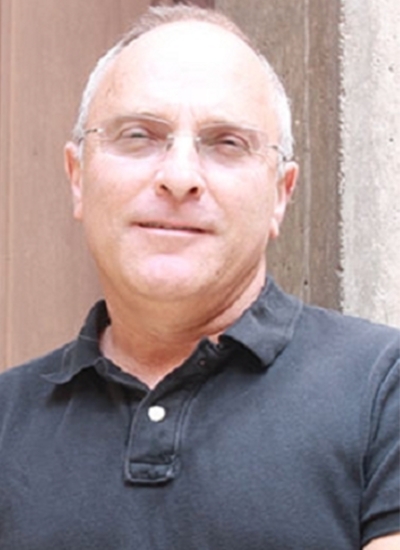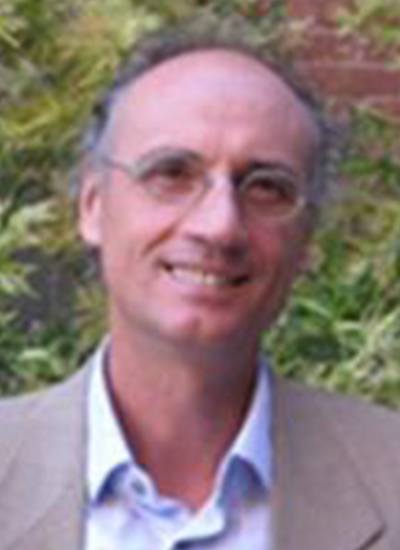Armin Sorooshian
Work Summary
Armin's research focuses on the effect of aerosol particles on the environment, clouds and rainfall, climate, and public health/welfare. A suite of synergistic methods are used for this research, including laboratory experiments, ground and airborne field measurements, modeling, and remote sensing observations. Since 2004, he has participated in 15 airborne field projects, including six as a mission PI with the CIRPAS Twin Otter (sponsored by ONR). Currently, Armin is involved with a multi-year NASA project called CAMP2EX (Cloud and Aerosol Monsoonal Processes-Philippines Experiment; https://espo.nasa.gov/camp2ex/content/CAMP2Ex) and is serving as the PI of a NASA Earth Venture Suborbital-3 (EVS-3) mission called ACTIVATE (Aerosol Cloud meTeorology Interactions oVer the western ATlantic Experiment; https://activate.larc.nasa.gov/).


